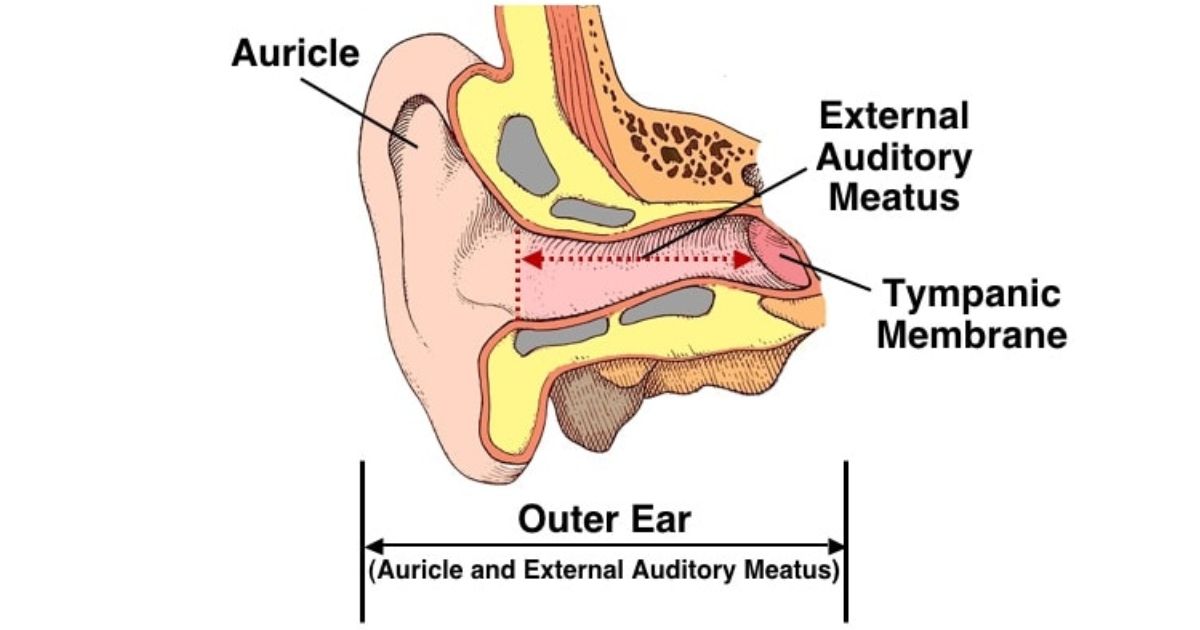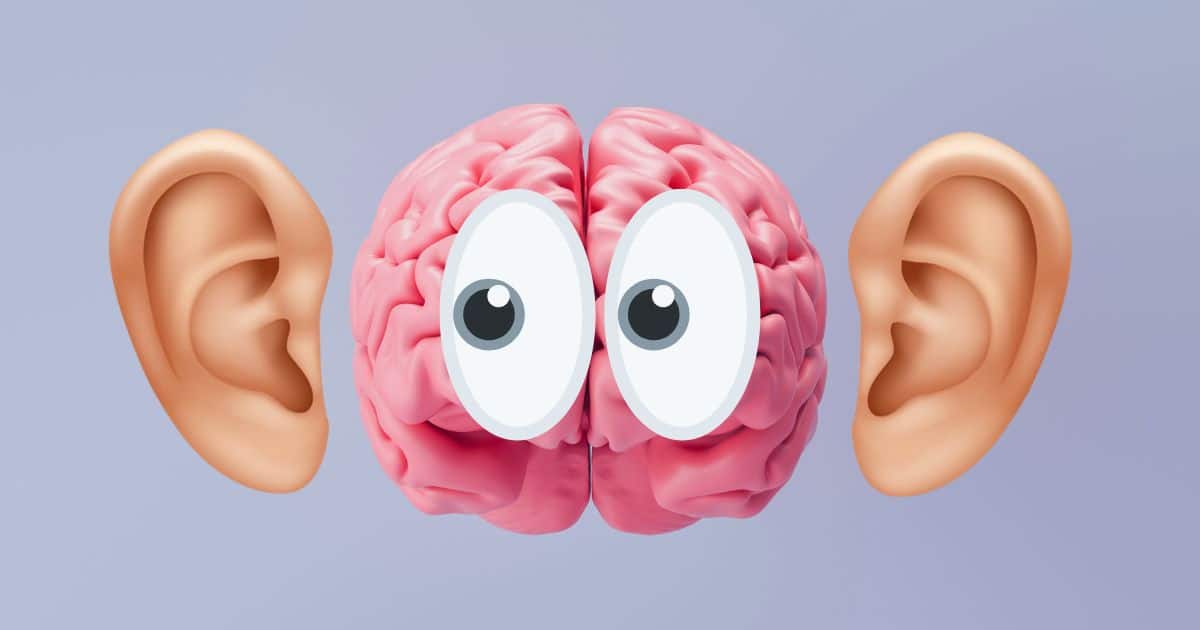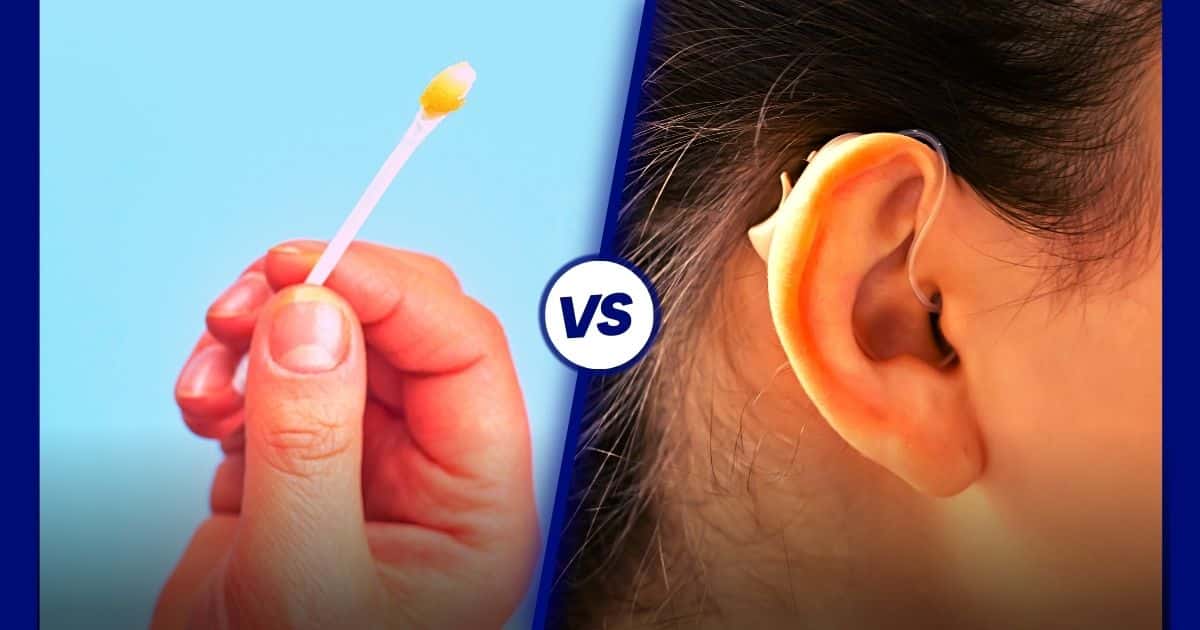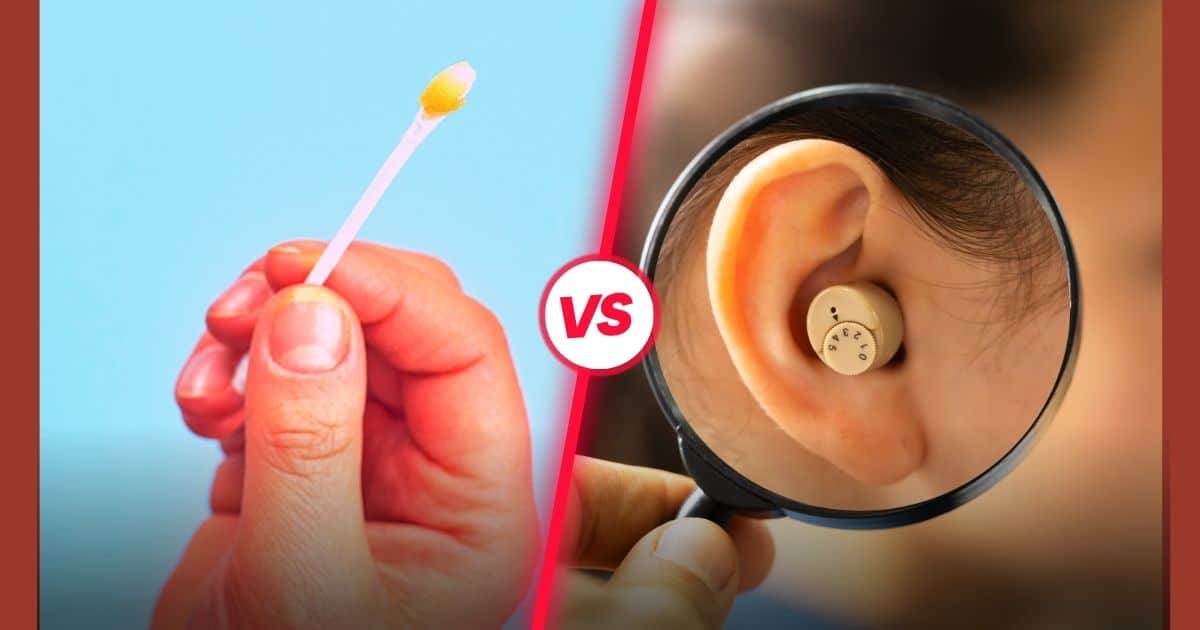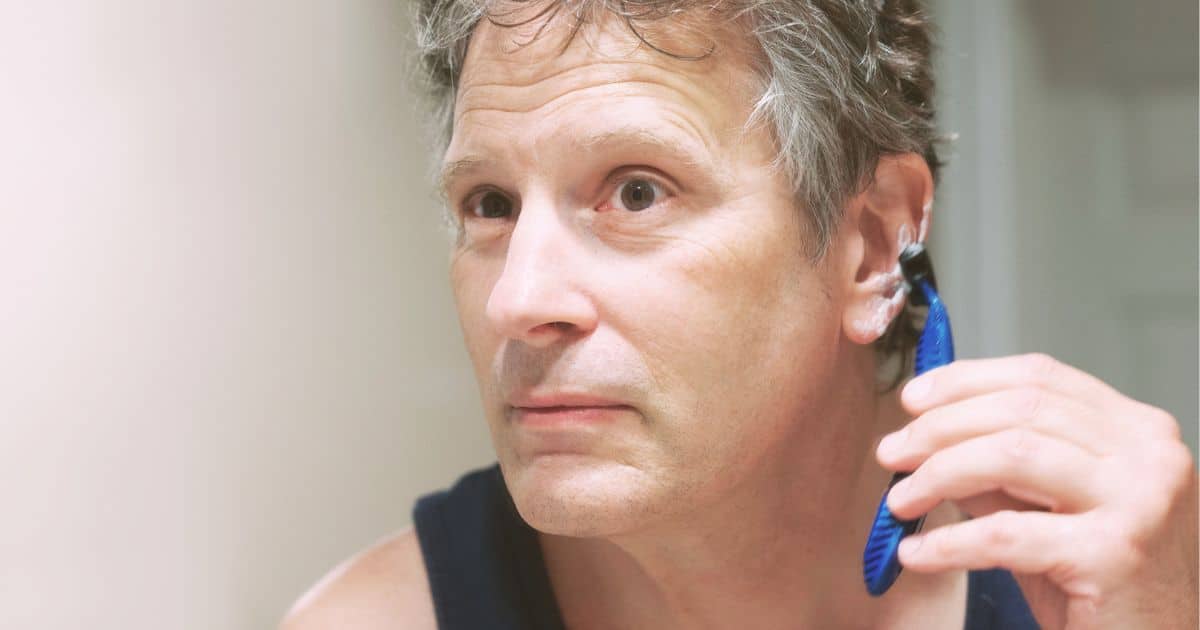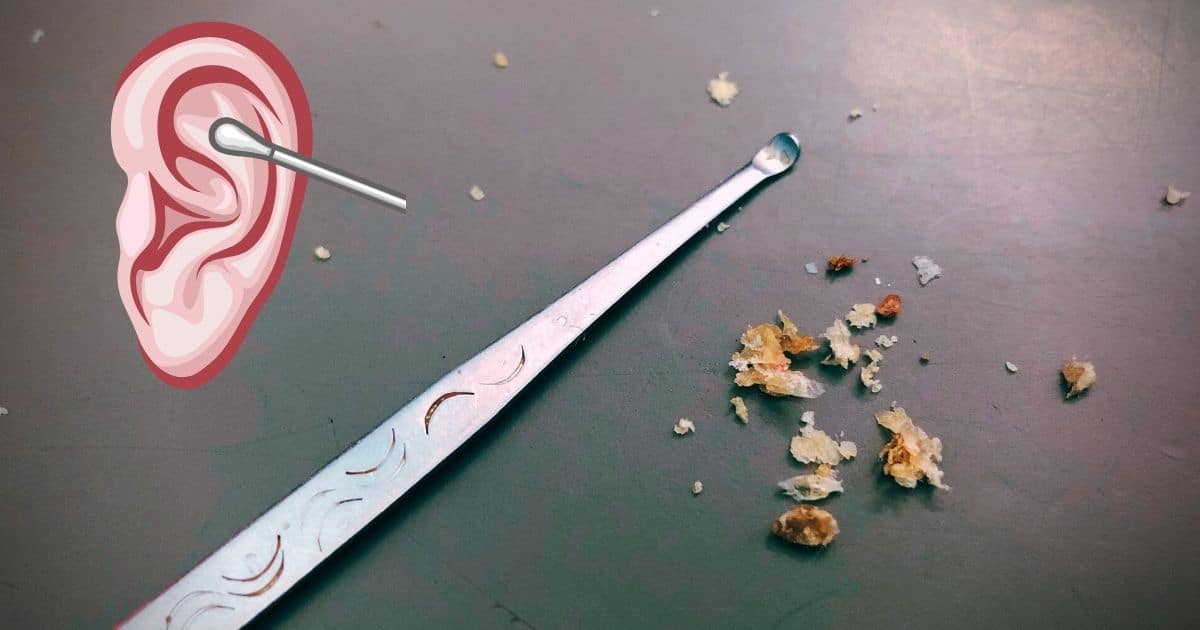Jun. 09, 2023
Why a series of posts on the human ear canal? The answer is straightforward. The human ear canal is an important structure for those who work with the hearing impaired, but also for many other specialists. It is a pathway that many frequent in identifying and resolving issues related to hearing, whether they are disability or recreational related. “Passing through



